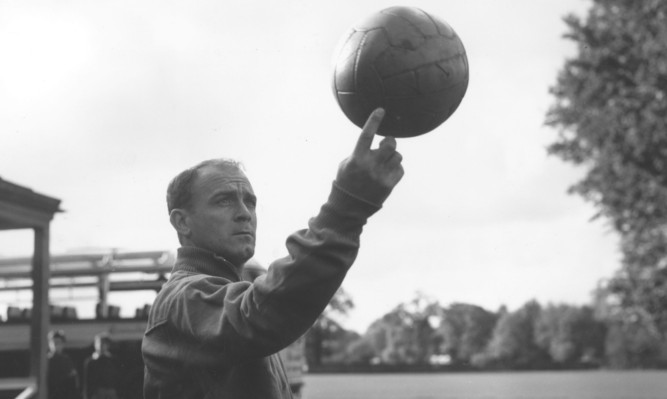
Fifty years ago this weekend, the world of football was rocked when one of its biggest stars, Alfredo di Stefano, was kidnapped.
Real Madrid centre-forward di Stefano was on a pre-season tour of South America when he was abducted in Caracas, Venezuela.
Maximo Canales, a 19-year old member of the Venezuelan revolutionary group, Fuerzas Armadas de Liberacin Nacional (FALN), took di Stefano at gunpoint.
The plan was to draw attention to the FALN’s attempts to stage a Fidel Castro-type revolution.
Fortunately, the player was released unharmed outside the Spanish embassy, after 56 hours in captivity.
https://youtube.com/watch?v=qwGYI_Hkcvo%3Frel%3D0
Argentinian di Stefano was already well known in South America when he moved to Spain 10 years earlier to play for Madrid.
He was voted European Footballer of the Year in 1957 and 1959 as he helped his side win five European Cups.
In 1963, he was coming towards the end of a glorious career that had seen him score 216 goals in just 282 games for Real and win eight Spanish titles.
The Real Madrid team were staying in Caracas for a tournament when armed men broke into di Stefano’s hotel room.
FALN’s Canales explained: “We kidnapped him because fame would help us achieve our ends.”
Some 8,000 police were involved in the search for the kidnappers, as Di Stefano’s wife Sara pleaded for his release.
Di Stefano revealed later: “I was blindfolded and kept locked in a bedroom. I thought they were going to kill me.
“But they never mistreated me they let me listen on the radio when my team beat Porto the next day.”
Having got the world’s attention, the group let di Stefano go.
The following day, he played for Madrid against Sao Paulo.
Di Stefano is 87 and still lives in Madrid, where he’s Honorary President of his old club.
His abductor is 70, and has established himself as a sculptor and cubist/surrealist painter.

Enjoy the convenience of having The Sunday Post delivered as a digital ePaper straight to your smartphone, tablet or computer.
Subscribe for only £5.49 a month and enjoy all the benefits of the printed paper as a digital replica.
Subscribe